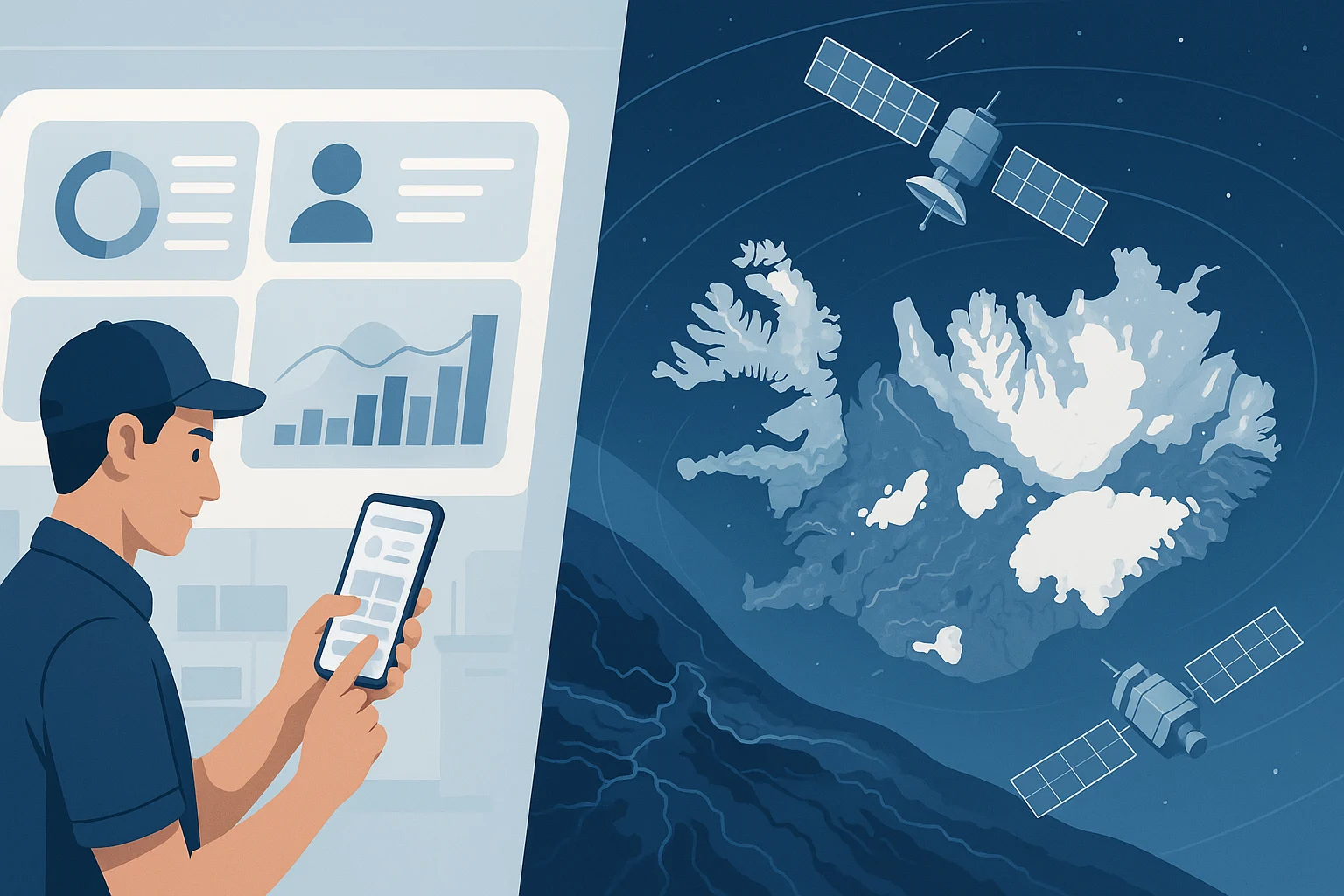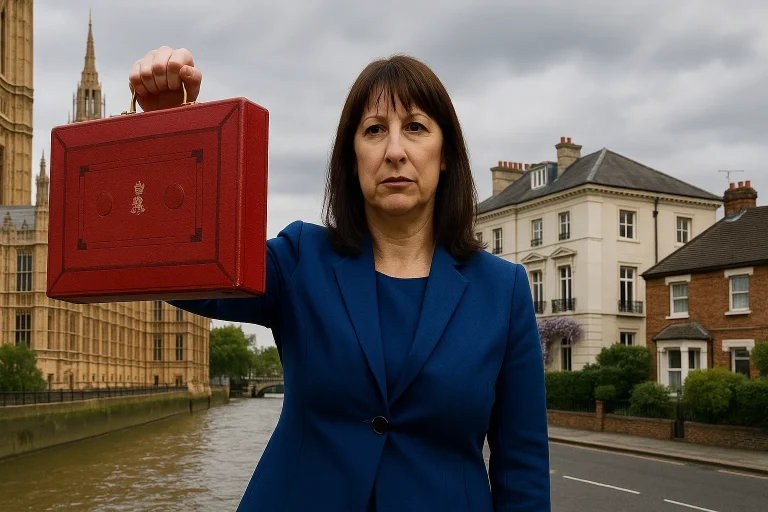Is “Iceland Sentinel” a sophisticated scientific system or a digital HR tool? The answer is both. The term Iceland Sentinel is used in two distinctly different contexts, and both are relevant in today’s evolving digital landscape.
On one hand, Iceland Sentinel refers to the employee portal developed by Iceland Foods, one of the UK’s most recognised supermarket chains. The portal is a secure digital workspace that provides staff with access to their shift schedules, payslips, personal HR records, and company news.
On the other hand, in academic and environmental circles, Iceland Sentinel relates to the country of Iceland’s usage of Sentinel-1 and Sentinel-2 satellites, part of the European Space Agency’s Copernicus programme, to monitor geological and environmental changes in the region. These satellites provide critical insights for tracking glacial melt, volcanic activity, and land deformation.
While they serve very different purposes, both versions of Iceland Sentinel reflect how digital systems are being employed to streamline human operations, whether it’s in a supermarket or across volcanic terrain.
What Is the Iceland Sentinel Portal at Iceland Foods?
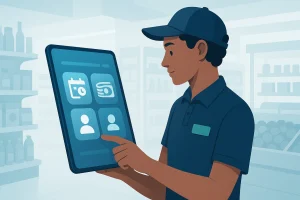
The Iceland Sentinel portal is a dedicated internal platform used by Iceland Foods employees. It is part of the company’s broader effort to digitise operations, improve staff engagement, and enhance internal communications across its retail and logistics network.
The portal is designed to be mobile-friendly, making it easily accessible for employees working different shifts in various store locations or warehouses. Whether checking upcoming work shifts or reviewing payroll data, staff can do so at their convenience through the platform.
Crucially, this system serves as more than just a self-service HR platform. It fosters stronger communication between the company and its workforce by offering real-time updates on operational policies, company-wide announcements, and training resources. It plays a vital role in onboarding new employees as well, ensuring that critical employment information is easily accessible from day one.
How Is the Portal Used by Employees Daily?
For many employees, the Sentinel portal is their first point of contact for managing their work life at Iceland Foods. It removes the need for paper-based HR processes and minimises dependency on in-person HR support for day-to-day queries.
Employees typically use the portal to:
- View and download their payslips
- Check rosters and upcoming shifts
- Update personal and contact details
- Submit holiday or leave requests
- Receive policy updates and company news
The integration of these features into one platform makes Sentinel an essential tool for maintaining operational efficiency in a large-scale retail environment. It also ensures compliance with employment regulations by providing easy access to documentation and communication logs.
What Is the Scientific Definition of Iceland Sentinel?
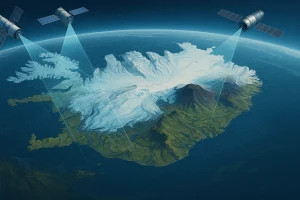
While corporate use of the term is grounded in HR technology, the scientific community refers to Iceland Sentinel in the context of Earth observation satellites. Specifically, it denotes Iceland’s use of Sentinel-1 and Sentinel-2—two core missions in the European Space Agency’s Copernicus programme.
These satellites are equipped with radar and optical sensors that provide detailed imagery of Iceland’s surface. This data is vital for monitoring glaciological changes, such as ice-marginal lake formation, glacial retreat, and land deformation caused by volcanic or tectonic activity.
Given Iceland’s unique geographical makeup, which includes active volcanoes, glaciers, and fault lines, the country relies heavily on remote sensing technologies for hazard assessment and environmental research.
How Do Sentinel-1 and Sentinel-2 Satellites Support Monitoring in Iceland?
The Sentinel-1 satellite uses Synthetic Aperture Radar (SAR) to capture high-resolution imagery regardless of weather or lighting conditions. This makes it particularly effective in Iceland, where cloud cover and polar darkness can otherwise obscure traditional satellite data.
Meanwhile, Sentinel-2 uses multi-spectral optical imaging, which allows for the observation of vegetation health, water bodies, land use changes, and more. When used together, these satellites provide a comprehensive picture of both the natural and human-influenced environment.
Below is a comparison of the two satellite systems as they relate to Iceland:
| Feature | Sentinel-1 | Sentinel-2 |
| Sensor Type | Radar (SAR) | Optical (Multi-spectral) |
| Data Collection | Day and night, all weather | Daylight and clear skies only |
| Primary Uses in Iceland | Glacial movement, volcanic monitoring | Land cover, vegetation, glacial lakes |
| Revisit Time | Every 6 to 12 days | Every 5 days (at mid-latitudes) |
This synergy enables Icelandic researchers to build layered environmental models and predict geophysical events, offering crucial support to national planning and emergency services.
Why Is Satellite Monitoring Critical in a Country Like Iceland?
Iceland is one of the most geologically active regions in Europe. It experiences frequent volcanic eruptions, earthquakes, and glacial changes. Manual tracking of these phenomena is limited by Iceland’s vast and sparsely populated terrain.
With satellite data, authorities and researchers are able to:
- Detect land deformation that may precede an eruption
- Map changes in glacial lakes that could result in floods
- Monitor coastline shifts due to erosion or sea-level rise
- Track long-term climate impacts on Iceland’s glaciers
These capabilities not only help Iceland manage its internal risks but also contribute to the global scientific understanding of climate change and natural disasters.
How Are the Two Iceland Sentinel Systems Fundamentally Different?
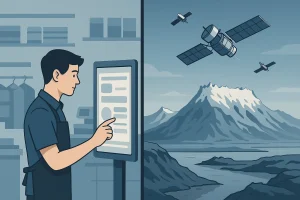
Though they share a name, the Iceland Foods Sentinel portal and the scientific Sentinel satellite system serve entirely different sectors and purposes. One enhances employee experience and operational efficiency in retail, while the other provides critical environmental data for scientific research.
Here’s a comparison:
| Aspect | Iceland Foods Sentinel Portal | Sentinel Satellite Monitoring in Iceland |
| Purpose | Workforce management & communication | Environmental monitoring & research |
| Primary Users | Retail employees and HR teams | Scientists, researchers, and policymakers |
| Key Features | Payslip access, rosters, HR info | Radar & optical data of land and glaciers |
| Accessibility | Internal, secure access for staff | Open-access data via Copernicus programme |
| Field of Application | Retail and HR technology | Earth science and remote sensing |
This duality makes Iceland Sentinel a unique term, symbolising how digital innovation is reshaping both human systems and natural world observation.
What Are the Future Prospects for Iceland Sentinel Systems?
Looking ahead, both meanings of Iceland Sentinel are expected to grow in sophistication.
The employee portal at Iceland Foods is likely to see the integration of AI-powered scheduling, automated HR workflows, and employee performance analytics, further streamlining operations and enhancing employee satisfaction.
Meanwhile, on the scientific front, new satellite missions under the Copernicus umbrella will offer higher-resolution data and faster revisit times. These advancements, combined with AI and machine learning, will allow for predictive modelling of volcanic eruptions, climate simulations, and ecosystem monitoring on a scale never before possible.
Both forms of Iceland Sentinel demonstrate how smart technology is evolving to serve distinct but equally critical roles in society.
Frequently Asked Questions
What services are offered through the Iceland Sentinel employee portal?
The portal provides employees access to schedules, payroll records, HR documentation, and company-wide updates in one secure platform.
Who can use the Iceland Sentinel portal?
All employees of Iceland Foods, including part-time and warehouse staff, can use the portal after being granted login credentials.
What is the difference between Sentinel-1 and Sentinel-2 satellites?
Sentinel-1 uses radar imaging for structural and terrain changes, while Sentinel-2 captures optical imagery for monitoring land cover and vegetation.
Is the Iceland Sentinel satellite data accessible to the public?
Yes, Sentinel satellite data is part of the Copernicus programme and is openly available through various data hubs such as Sentinel Hub and ESA portals.
Why is satellite monitoring important for Iceland?
Because of Iceland’s active geological landscape, satellites provide a safe, reliable, and efficient way to track environmental changes and natural hazards.
How accurate is the information from Sentinel satellites?
The Sentinel satellites provide high-resolution imagery with consistent revisit times, offering reliable and up-to-date information for monitoring and analysis.
Is there any connection between the Iceland Foods portal and the satellites?
No. Despite sharing the name “Sentinel,” the Iceland Foods portal and the Sentinel satellite missions are entirely unrelated.

